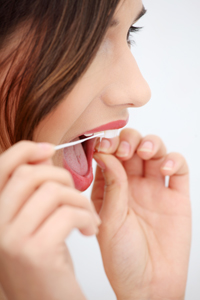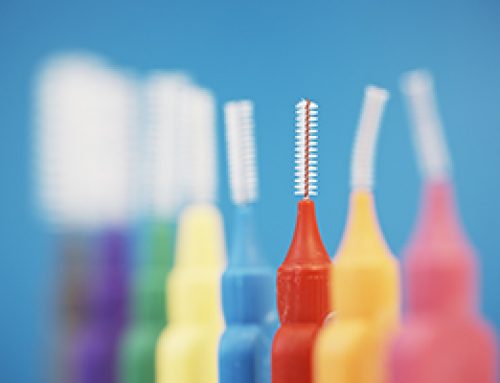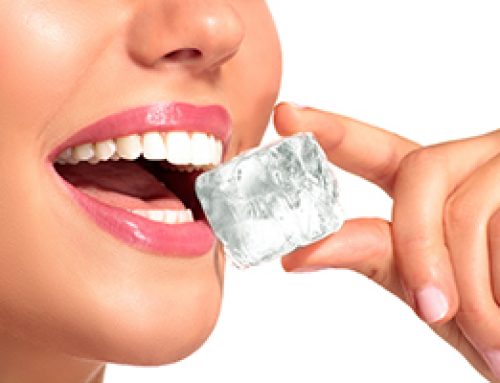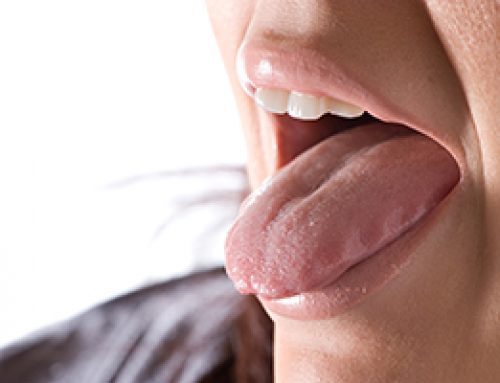
What is tooth decay, and what causes it?
Tooth decay is the disease known as caries or cavities. It is not life-threatening and is although it is highly preventable, it will affect most people to some degree during their lifetime.
The leading cause of tooth decay is frequent contact with foods containing carbohydrates (starches and sugars). Soda, candy, ice cream, milk, cakes, and even fruits, vegetables, and juices can all contribute to the problem. Then plaque begins to form due to the natural bacteria living in your mouth. It interacts with deposits left on your teeth from these sugary and starchy foods to produce acids. These acids damage tooth enamel over time by dissolving the mineral structure of teeth, resulting in tooth decay and a weakened tooth.
How can I prevent tooth decay?
Saliva acts as a buffer and helps to neutralize the acids formed by plaque. Dentists often recommend chewing sugarless gum to stimulate your flow of saliva. However, saliva alone is not enough to combat tooth decay.
The best way to prevent caries is to brush and floss regularly. To rebuild the early damage caused by plaque bacteria, we use fluoride, a natural substance that helps to remineralize the tooth structure. Fluoride is included in toothpaste to fight cavities and clean teeth, but the most common source of fluoride is in the water we drink. You can find it in most community water supplies and many bottled and canned beverages.
If you are at medium to high risk for cavities, special fluoride gels, mouth rinses, or dietary fluoride supplements may be in order. Professional strength anti-cavity varnish, or sealants—thin plastic coatings that provide an extra barrier against food and debris—may also be the right solution.
Who is at risk for cavities?
Because we all carry bacteria in our mouths, everyone is at risk for cavities and tooth decay. However, you face an increased threat if you have a diet high in carbohydrates and sugary foods, or live in a community without fluoridated water. And, because the area around restorations is an ideal breeding ground for bacteria, those with a lot of fillings have a higher chance of developing tooth decay.
Children and senior citizens are the two groups at the highest risk for cavities.
What can I do to help protect my teeth?
The best way to combat cavities is to follow three simple steps:
- Cut down on sweets and between-meal snacks. Remember, it’s these sugary and starchy treats that put your teeth at increased risk.
- Brush after every meal and floss daily. Cavities most often begin in hard-to-clean areas between teeth. Hold the toothbrush at a 45-degree angle as you brush inside, outside, and between your teeth. Toothbrush bristles should be firm, not bent, and replaced monthly to prevent reinfecting your mouth with old bacteria. Only buy toothpaste and rinses that contain fluoride and that bear the American Dental Association logo. Children under six should only use a small pea-sized dab of toothpaste and do their best to avoid swallowing. (A child’s developing teeth are sensitive to higher fluoride levels.) Finally, because cavities are a transmittable disease, a toothbrush should never be shared, especially with your children.
- See your dentist at least every six months for checkups and professional cleanings. If you experience a toothache, sensitivity to hot or cold foods, or signs of tooth decay (discolorations or cavities), then make an appointment right away! The longer you wait to treat infected teeth, the more intensive and lengthy the treatment will be. If neglected, cavities can lead to infection, permanent deterioration of tooth structure, and even loss of the tooth itself.






